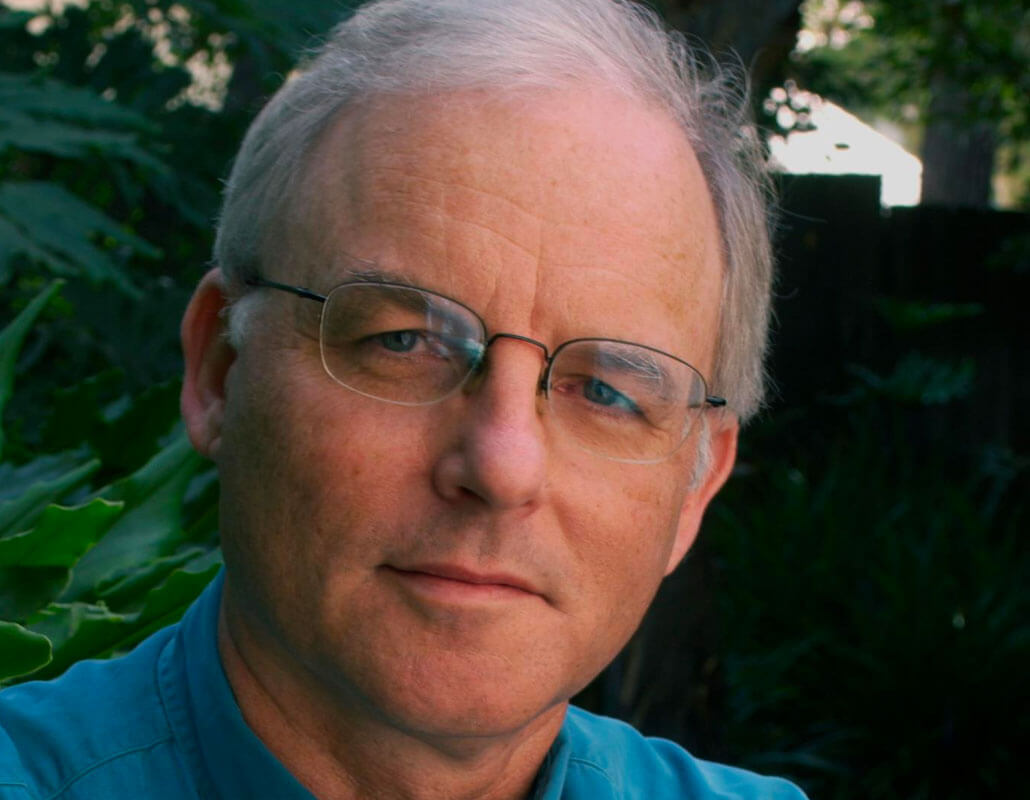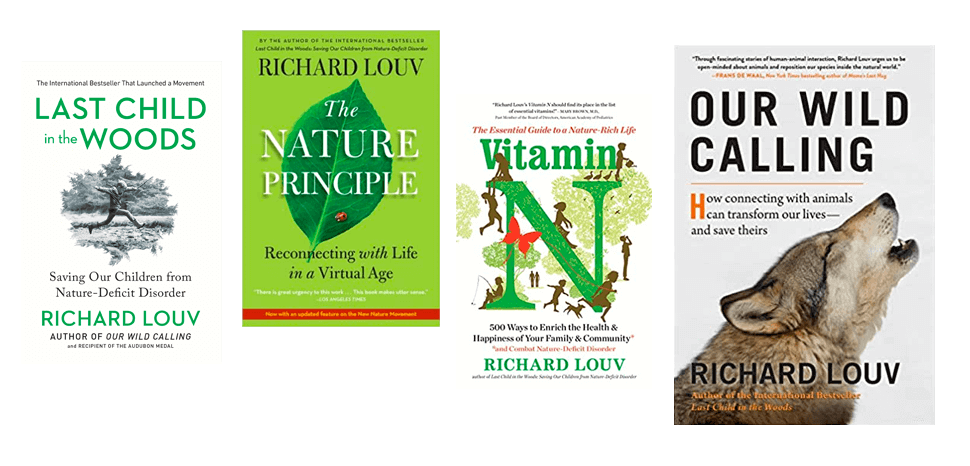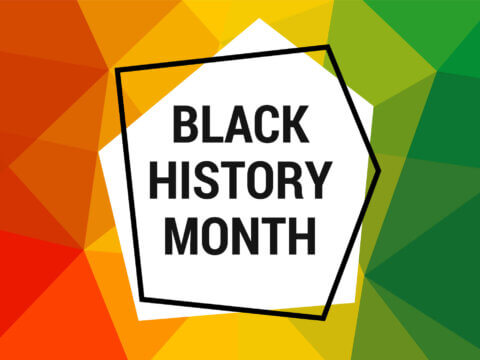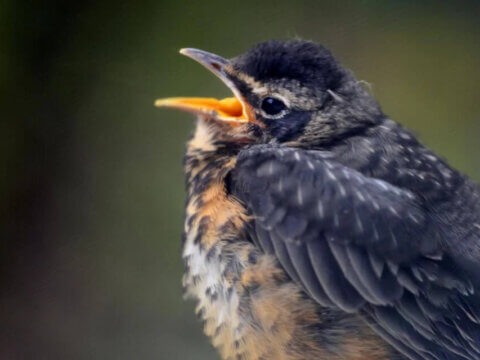THE BLACK FOX — What is your most life-changing experience with a wild animal?
John Berger, in About Looking, wrote: “With their parallel lives, animals offer man a companionship different from any offered by human exchange. Different because it is a companionship offered to the loneliness of man as a species.”
A few years ago, at an isolated Alaskan fishing camp on Kodiak Island, I was walking along a path between the cabins. Brown bears – grizzlies – are common there, even in the camp. I was not paying full attention, as I should have been. Needing to tip my guide at the end of this visit, I was counting my money. Looking at the wallet, I could see only the path directly in front of my feet.
And then I saw the brightest, most piercing eyes I have ever seen. They shined like stars.
A black fox stood in my way. The foxes on Kodiak are among the largest in the world. This one was the size of a coyote. It was standing three feet from me. Its gaze was disconcerting. And it wasn’t budging. I wondered: was it rabid? We stared at each other for what seemed like minutes but was probably only seconds.
That same year, on the volcanic ledges of the Galapagos Islands, I noticed how aquatic iguanas and sea lions basked within inches of each other. I asked a Lindblad Expeditions naturalist how each species perceived the other. He said, “To the iguana, the sea lion is just another part of the landscape. That’s all.”
To the fox, was I another part of the landscape? Did the fox recognize me as a fellow passenger, or as a simple food ticket?
For such a social animal, Homo sapiens are, as Berger wrote, a lonely species. We recognize our isolation and mortality while other species move within their own nations, unaware of our predicament. Except, perhaps, for dogs. We have shaped them to be aware of us, to know us, to worry about us.
I have often wondered why the eyes and expressions of most dogs seem so familiar, so similar, as if there exists an over-arching species called One Dog. Perhaps when dogs look at us they see One Human, and then looking deeper, they detect a degree of individuality.
In a sense, we have created a species in our own image, re-created from grey wolves. Either that, or, as another theory goes, dogs created themselves in our image for their own convenience. When we human beings look at one other, we look first at the left eye of the other person. We do this reflexively, instantaneously, and then we look at the rest of the face. Of all the other animals we encounter, only dogs look first at our left eye. Only dogs. Wolves do not do this with us. Nor do foxes. Only dogs see us as we want to be seen.
But we want more. Deep down we know we cannot make it in this world only in the company of humans. Recent research suggests that the urban parks with the most biodiversity – the highest number of species – are the parks that have the most positive influence on our psychological health. So, at our best, we surround ourselves with kin of another kind, domesticated and wild.
We seek companionship even from plants.
I am plant blind. I pass by these other nations. I have seldom learned the names of proximate vegetation. Until recently. Kathy and I installed two window boxes, one under each bedroom window, and we filled them with geraniums and Icelandic poppies. The poppies reach high up, on stalks with what could pass as human hair, and the blooms have personality, character. They express, move, nod, turn one after another and I am fascinated, now caring as I have not cared before about their health, about a plant’s aspirations. They too are companions. Friends with limitations.
And yet, plants and dogs and deer and hawks and mushrooms and songbirds, and even an occasional mountain lion passing through, are not enough for us. We search the sky, other planets and beyond, for new company, entranced with the idea of other beings in our universe, like us. Or not like us. Despite the risk that would come from a visit by strangers.
So yes, we look for companionship. But we also search for something more. Looking into the eyes of a dog, I see someone I know. The black fox that I met on the path was from elsewhere. I saw – or wanted to see – kinship, but in its eyes I may have glimpsed only the suns of a parallel universe.
It held perfectly still. I stepped forward and it stepped aside and continued to watch me. I lifted my hand and said, “I’m going to the lodge. Would you like to come with me?” I began to walk, and the fox followed me toward the building. Veering off a few yards from the door, it dissolved into the high grass.
I recall few significant details about most of the people I met at that Alaskan camp that summer.
But the black fox’s eyes are still watching.
-
Network News
POLICY UPDATE: Policy and advocacy for the children and nature movement
-
Voices
Binoculars, bald eagles and my journey as a Black birder
-
Richard Louv
THE WONDER BOWL: Ten Spring and Summer Nature Activities for Kids and Adults
-
Network News
Minneapolis Spotlight: The promise and possibilities of parks for youth
-
Voices
Why nature is my motherhood ally







Commentaries on the C&NN website are offered to share diverse points-of-view from the global children and nature movement and to encourage new thinking and debate. The views and opinions expressed are those of the author(s) and do not necessarily reflect the position of C&NN. C&NN does not officially endorse every statement, report or product mentioned.